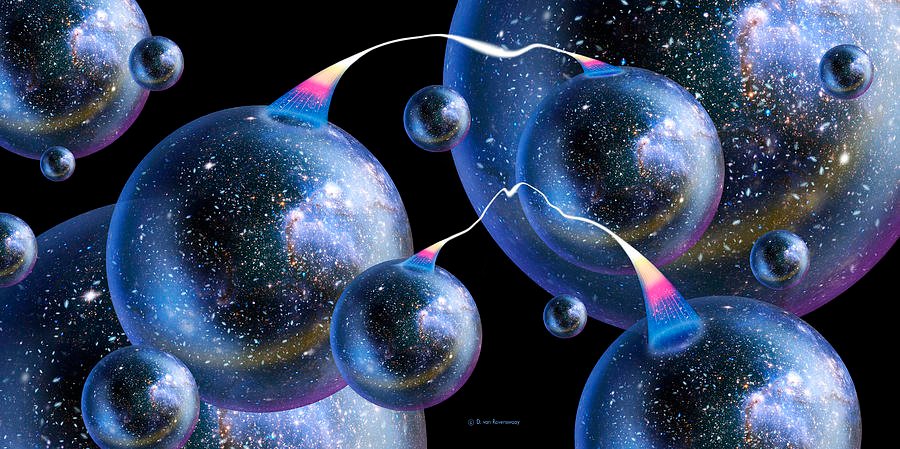
Kurt Gödel used Albert Einstein’s theories to propose a very strange and startling model of the universe that allows for closed causal loops.
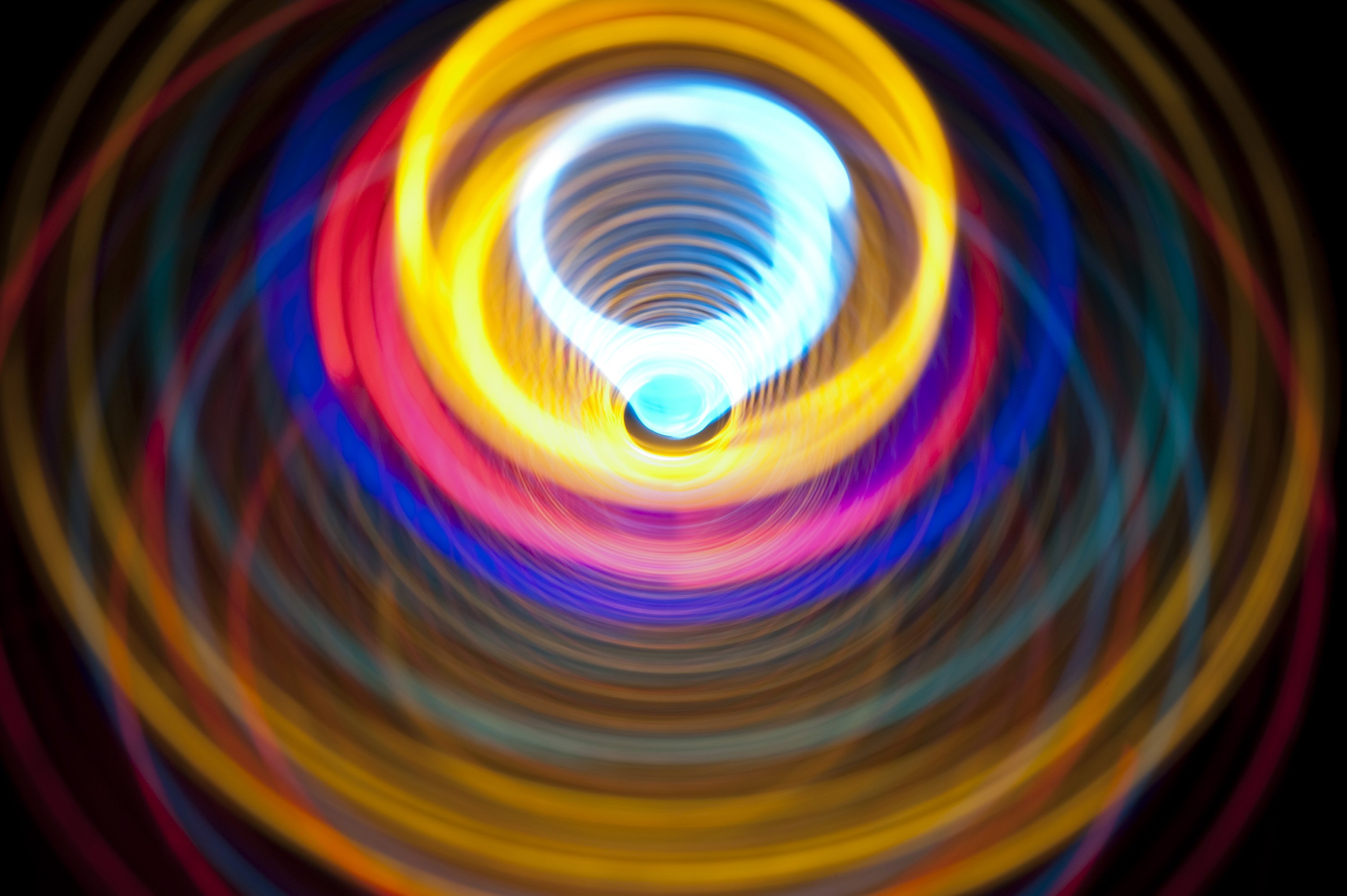
Time travel, is not explicitly forbidden by Einstein’s relativity, might be possible after all. At least in some bizarre kinds of universes. This discovery led to other research on the weirder consequences of Einstein’s theories, including wormholes. Causal loops and wormholes do not appear to exist in our universe, yet they remain tantalizingly close to the border between the possible and the impossible.
If we had a way of sending information faster than light, we could send information into the past, which would allow us to set up causal loops.
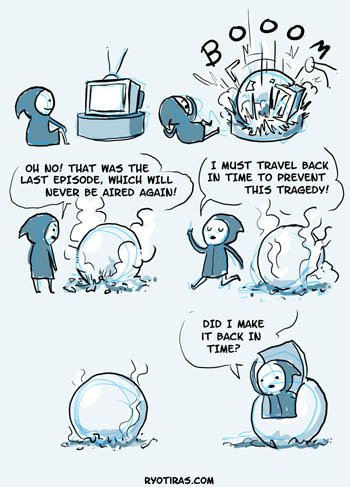
In a causal loop, A causes B, which causes C, which causes A in the first place, even though it happened after A. Because this is a paradox, we consider it impossible. However, what if warping the geometry of space-time could warp the very structure of cause and effect?
In ordinary space-time, an event can eventually have an effect on any point in space inside its light cone, if you wait long enough.

But near a black hole, this is not the case. An event inside a black hole can never have an effect outside the event horizon. If the structure of cause and effect can thus be bent by gravity, could we bend it into a circle and create a causal loop?
Do Einstein’s equations, the basic rules for matter and space-time geometry, allow for a closed timelike curve; a world line that permanently stays inside its light cones?

Mach’s principle, named for Austrian physicist Ernst Mach, said that distant masses in the universe actually determine local inertia, perhaps by some gravitational effect. Inspired my Mach’s principle, Einstein, suggested a relation between inertia and gravity.
The Lense-Thirring effect, suggests that the spin of objects around you “drags” your sense of rotation (inertia) around with it very slightly.
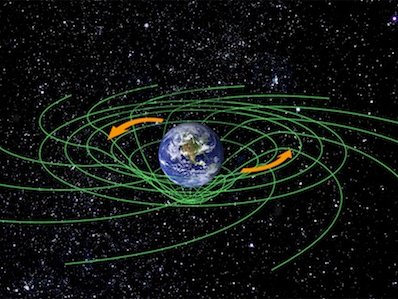
Kurt Gödel, an Austrian mathematician, invented a theoretical universe that follows the rules of relativistic space-time, but the entire universe is also rotating. In this universe, in the middle of a space-time diagram, the light cones look normal, but to each side of the central world line, the light cones are twisted. The further you go from the center, the greater the twist. This has shocking consequences. It implies that a light cone can return to its origin, not only in space but in time a closed timelike curve. Our best observations to date indicate that our universe is not rotating, yet Gödel’s universe is a possible one.
The current view of wormholes was developed when astronomer Carl Sagan asked physicist Kip Thorne about an idea Sagan had for his novel, Contact.
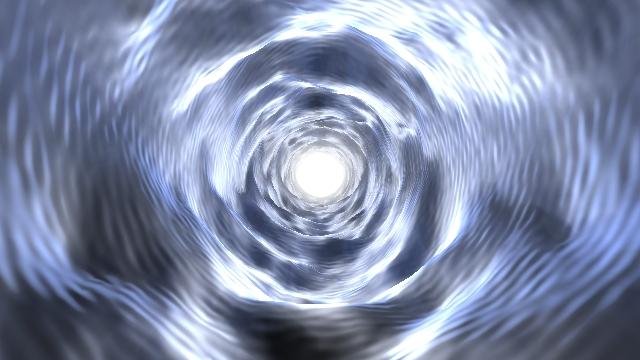
Sagan wanted to use the idea about space-time shortcuts, or bridges, proposed by Albert Einstein and Nathan Rosen. Sagan asked Thorne if 'Einstein-Rosen' bridges (a.k.a. wormholes) could exist, but Thorne said no. They collapse into black holes too quickly.
Sagan then asked if there was a way to prevent the wormhole from collapsing.
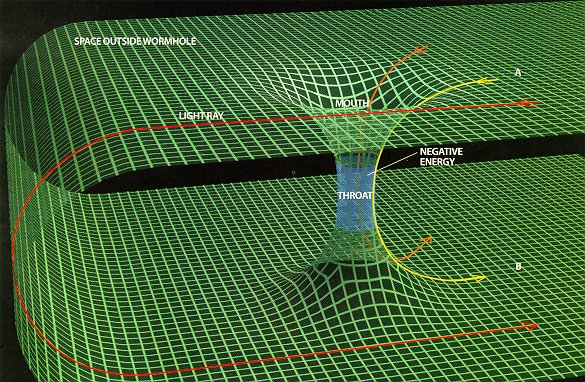
Thorne decided to work on it. Thorne calculated that to prevent collapse, you had to stuff the wormhole with 'exotic matter'. A strange form of matter with negative energy. We do not know whether exotic matter exists. All matter we know of has positive energy. Quantum physics indicates that small regions of space might have a little negative energy, but exotic matter in bulk does not seem to be available.
A pair of connected wormholes would create a closed timelike curve and thus create a time machine.
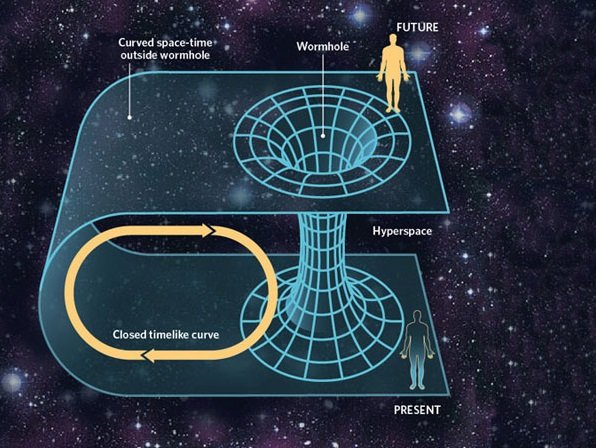
But how could we create a wormhole? It is most likely impossible to make a wormhole from scratch, but tiny ones may exist in nature as remnants of the big bang. To make it usable, we would have to fi nd one, vastly enlarge it, and stabilize it on both ends with exotic matter. Even if this were doable, we have reason to believe a real wormhole would be surrounded by powerful quantum radiation. Any information sent into one end would be totally scrambled before it came out.
Mexican physicist Miguel Alcubierre has proposed an alternative to wormholes that is strongly reminiscent of Star Trek’s warp drive.
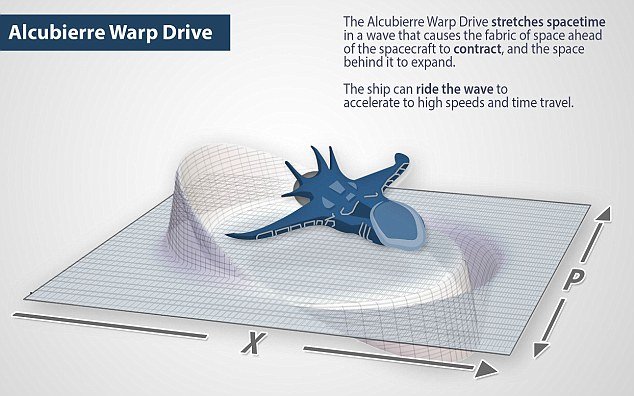
On Alcubierre’s diagrams, a tube cuts across space-time. Outside the tube, the light cones are normal; inside, they are tilted. You cannot travel faster than light inside or outside the tube, but matter inside the tube seems to move faster than light. Space contracts in front of it and expands behind it. Unfortunately, this setup also requires negative energy.
Stephen Hawking has proposed the chronology protection conjecture: The laws of nature are set up to prevent time travel.
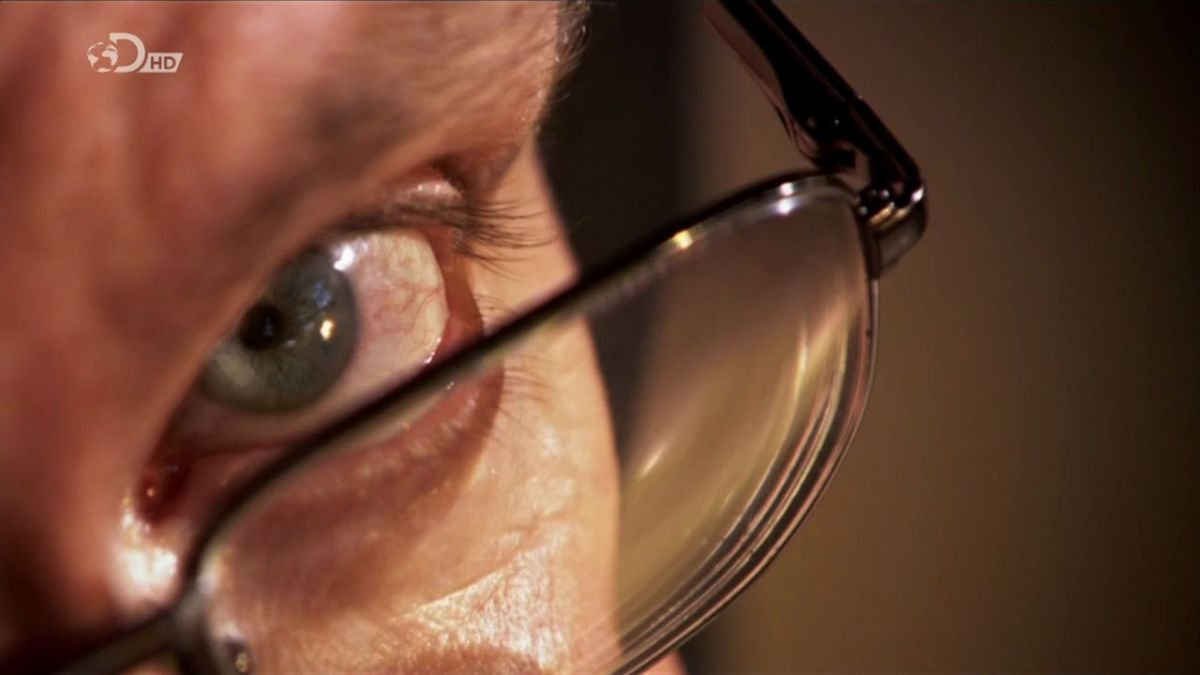
Understanding how will involve a new and deeper understanding of the nature of space and time, information, and cause and effect.
END PART 3 OF 3
Light Cones and Black Holes (1 of 3)
Light Cones and Black Holes (2 of 3)
Light Cones and Black Holes (3 of 3)
